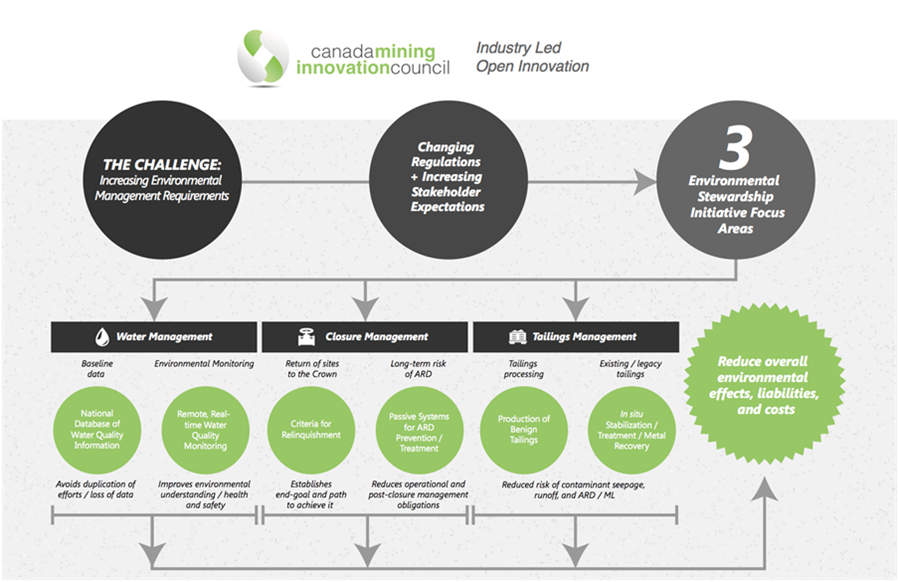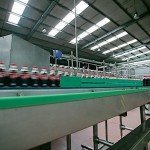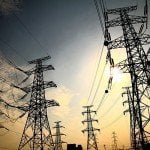Canadian mining companies have recently begun contributing to the green power revolution, locally and abroad. Mining is not typically associated with green energy. The equipment alone has a negative impact on the environment. Some of the effects of mining include erosion, loss of biodiversity, contamination of soil, formation of sinkholes, and water pollution.
Some of the tactics mining companies are deploying that are making a difference:
- Managing water in the mining cycle, especially metal contaminants, water recovery and recycling
- Enhancing productivity to minimize wasted energy
- Green energy such as solar power and wind
- Minimizing mine waste

The Kimberley Lesson
The case most often cited when discussing mine greening and post-mine recover is Kimberley, where decades of mining activity have tainted the in such a way that years of restoration work have been unable to fully mend. With these images in mind, it can be difficult to imagine a move toward cleaner, more eco-friendly mining practices. Canadian-based mining companies are hoping to change all that.
British Columbia energy company Teck shut down operations and began restoring the land. The efforts were for the most part successful. You would never suspect the land, which is now full of meadows overrun with grass and trees, had once been used for mining. However, the effects of past activity remain. Due to the damage caused by the mining industry, which left the land uninhabitable, the city began an initiative designed to convert the land into a solar field. If the land itself could not be used for developmental purposes, then it could be beneficial as a source of energy production for surrounding areas.

Canadian Mines Greening Up
Canadian mining companies have learned from past mistakes, their own and those of others, and have taken a page from Kimberley’s book. These companies are transitioning to green mining practices, starting with an investment in wind, solar, and other alternative power sources for their mining operations. While mining remains an integral part of Canada’s economy and therefore cannot be eliminated altogether, it can be cleaned up and restructured to limit the potential risks.
Solar power has increasingly become one of the world’s most economical and efficient sources of power, so it is easy to see why companies would be interested in pursuing the energy source for operations in order to cut costs and reduce their carbon footprint. Considering 30 percent of costs associated with mining operations stem from energy consumption, the transition to clean energy makes sense financially as well as environmentally.
Canada also stands to benefit from the move toward green energy. Fourteen of the nineteen mineral products needed for solar photovoltaic panels are found or produced here. Batteries, wiring, semiconductor chips, and more are all made with metals found in Canada. The mineral most utilized is copper. According to Robert Friedland of Ivanhoe Mines, “copper is the king of metals.” It is an essential component of cleaner energy sources, such as wiring for solar panels. It is used in wind turbines, power transmission lines, electric vehicles, and more. This makes the move a smart one for the companies involved, who will be making a significant positive impact on the environment while also saving a great deal of money. Canada will also benefit financially from this move and from growing interest in green energy around the world.

































